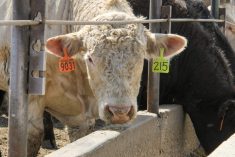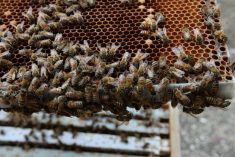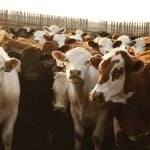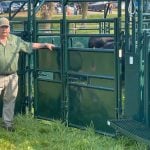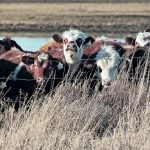Recent confirmed cases of bovine tuberculosis (TB) in a Saskatchewan cattle herd have led the province to expand its annual wildlife monitoring program for chronic wasting disease (CWD) to also include TB.
The province each year since 1997 has asked hunters to submit heads from harvested deer, moose and elk to test for CWD. It announced Sept. 26 it has opened its CWD testing drop-off locations for this year, until Jan. 21, 2024.
“We rely on hunters submitting samples for testing so we can continue to measure and manage CWD, and we are grateful to their ongoing support in those efforts,” Environment Minister Christine Tell said in a release.
Read Also
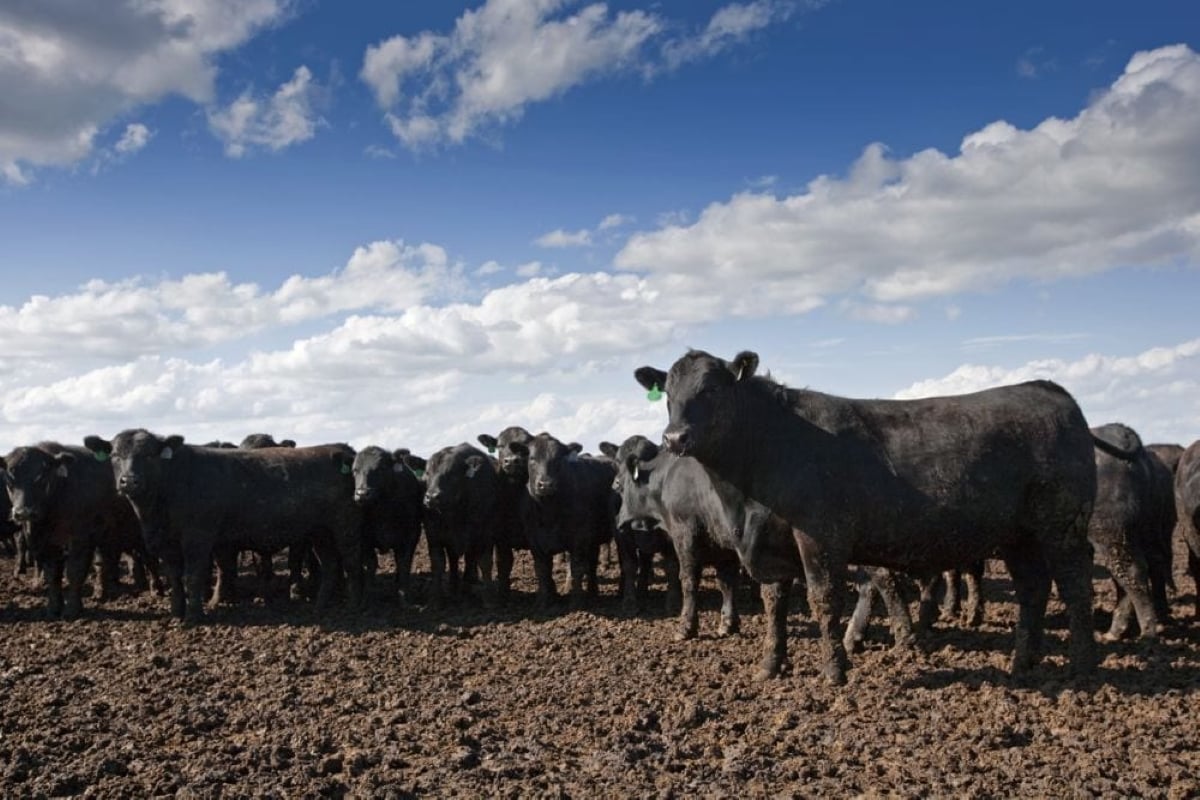
U.S. livestock: Cattle futures rise as Cattle on Feed report shows lower inventory
Cattle futures climbed again on Friday as USDA data showed a continued decline in cattle on feed. Hogs also rose.
Samples can be submitted from animals harvested anywhere in the province, but the ministry said its CWD focus this year is on seven specific wildlife management zones: 2W, 9 and 10 in the province’s southwest; 47 and 55 in the northwest; 50, east of Prince Albert; and 37, which runs from around Yorkton, Melville and Kamsack east to the Manitoba border.
But in response to the bovine TB findings this year in a cattle herd in the east-central region, the ministry this year also wants to test heads from harvested elk, moose, white-tailed deer and mule deer from WMZ 37, as well as WMZ 48 (north of 37), using the same process as for submitting CWD samples.
While CWD is established in much of southern Saskatchewan and has been detected in wildlife in 60 of the province’s 83 WMZs, no case of bovine TB has yet been detected in Saskatchewan wildlife, the province said Sept. 26.
While CWD results will be posted online, hunters will be notified directly if a positive bovine TB result is detected in their submitted sample, the province said. Testing for both diseases is free and voluntary, the province added.
An animal infected with bovine TB may have lesions, of any size, that can be seen during field dressing, the province said.
The lesions may appear as round, white, tan or yellow, crumbly to paste-like, and gritty nodules throughout the lungs, the rib cage or in the chest cavity.
It’s possible, albeit extremely rare, for bovine TB to spread from animals to people, the province said, advising hunters to take “routine hygiene precautions” while field dressing or otherwise handling wildlife.
Tracing in/out
As for the Canadian Food Inspection Agency’s ongoing investigation and tracing of the TB-infected cattle herd, tests so far have found the disease’s spread to be limited to the one herd.
As of Wednesday, CFIA said, the infected herd has so far turned up 10 confirmed cases of bovine TB. The herd has been depopulated, its post-mortem inspections complete, and lab tests “ongoing” on tissue samples.
Past that, CFIA’s investigation has so far led it to two “trace-in” herds, three “trace-out” herds, one contact herd and one “life line” herd, but no new TB cases as of Wednesday.
A “life line” herd refers to any herd that was specifically traced from an infected animal in the infected herd. In this investigation, CFIA said, the one life line herd has been released from federal quarantine, based on negative results so far from lab tests. That said, final confirmatory lab tissue tests are “ongoing.”
A “contact” herd, meanwhile, refers to a herd that shared a fence line or “may have co-mingled” with the infected herd. Live animal testing has started on that herd and will continue through this fall, CFIA said.
“Trace-in” refers to a herd that provided animals to the infected herd. Of the two found so far in this investigation, live animal testing has been completed on one, while the other will undergo live animal testing “after summer grazing ends.”
“Trace-out” refers to a herd that received animals from the infected herd. Of the three found so far, one was released from quarantine based on negative results to date. The other two still require live animal testing — which, CFIA reiterated, is normally completed after summer grazing ends.
The infected Saskatchewan herd had come to CFIA’s attention after an animal shipped from that herd to a U.S. feedlot in September 2022 was confirmed last February as positive for the disease, based on a PCR test run by the U.S. Department of Agriculture on tissue samples collected at slaughter. — Glacier FarmMedia Network






